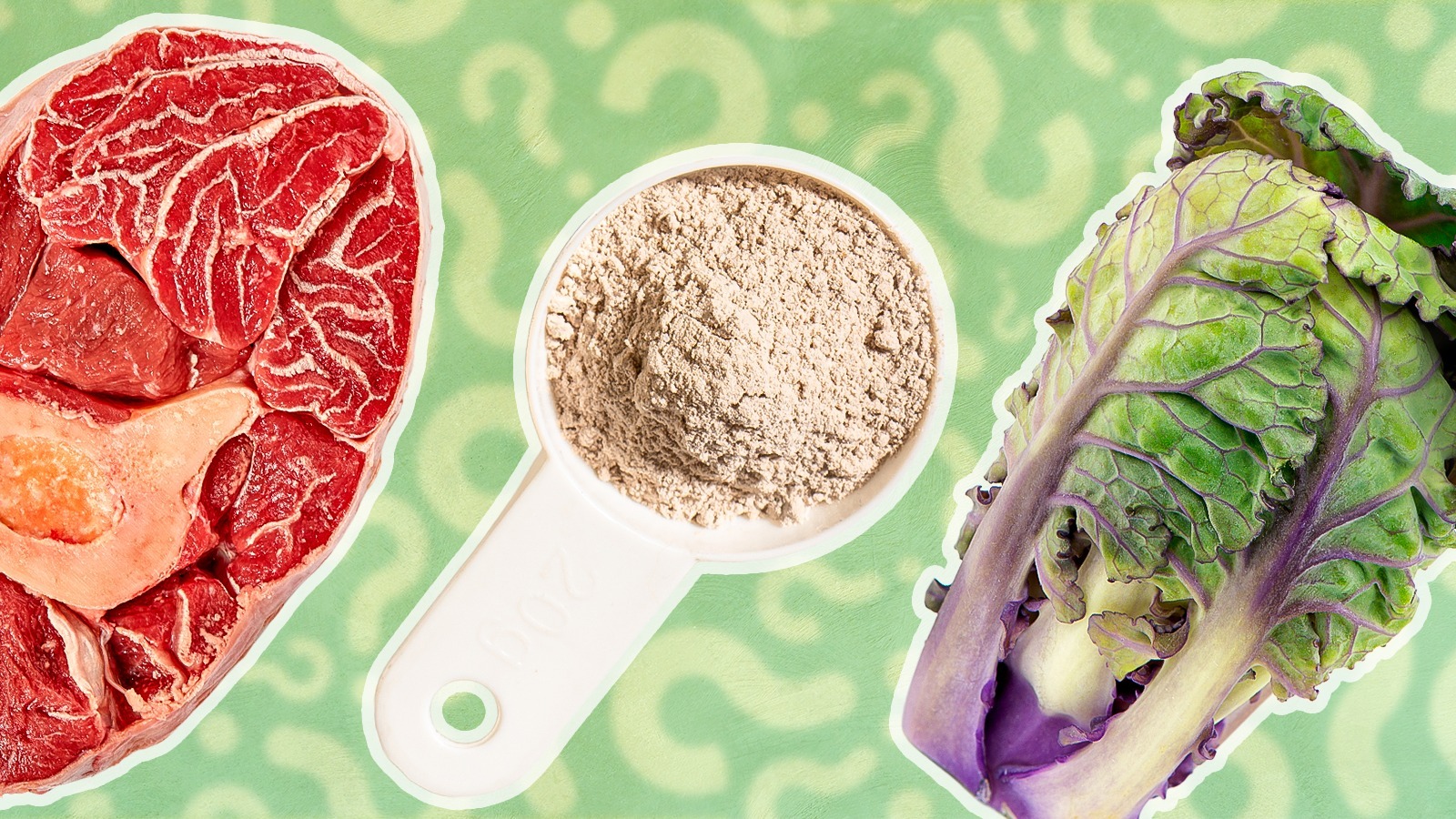
"It's no surprise we're confused - first, we're told we only need more protein if we're exercising (and after exercise, to eat protein at the precise time for it to matter). On the other hand, we're advised to increase our protein intake if we want to shed pounds and eat high-protein foods throughout the day. Perhaps that's why the marketplace is crammed with protein supplements in the form of powders, drinks, and bars."
"When I got my master's in nutrition in 1998, the recommended daily protein intake was 4 to 6 servings. One serving of protein was 2 to 3 ounces, equalling 7 to 9 ounces of protein per day, or about 49 to 63 grams.. In the early 2000s, Dr. Atkins' low-carb formula for weight loss (and overall health) upped that to 230 to 700 grams of protein per day. That's a huge leap."
Dietary protein recommendations have shifted dramatically over time, producing confusion and a crowded supplement market. Current guidance ranges from 10% to 35% of calories, which translates to wide gram targets depending on calorie intake. Moderate increases above the 0.8 g/kg baseline can improve body composition, support weight loss, and help maintain lean mass after weight loss. Historical extremes included low recommended servings in the 1990s and very high intakes promoted by low-carb trends in the early 2000s. Practical adjustments involve modest per-kilogram increases rather than extreme leaps in daily protein consumption.
Read at Tasting Table
Unable to calculate read time
Collection
[
|
...
]